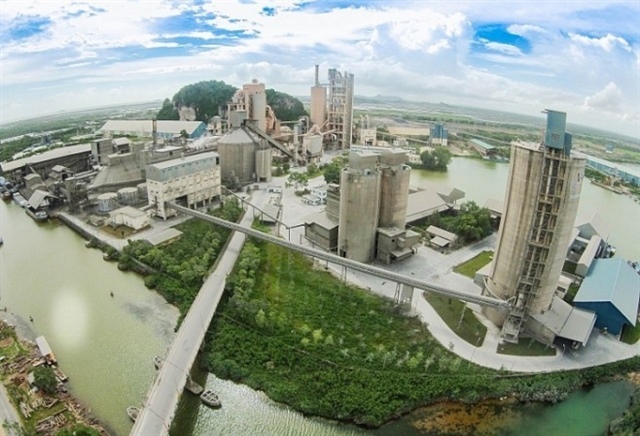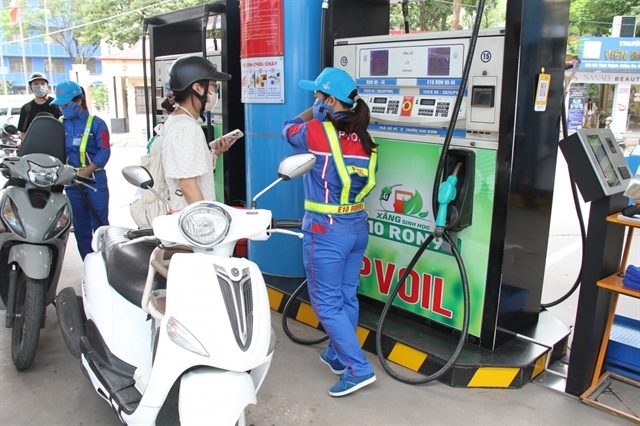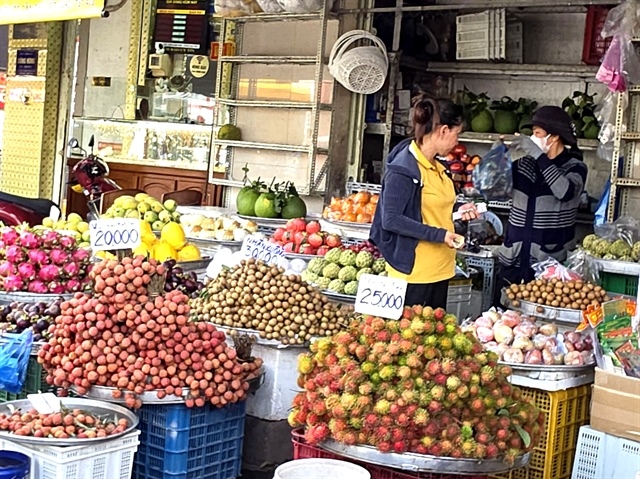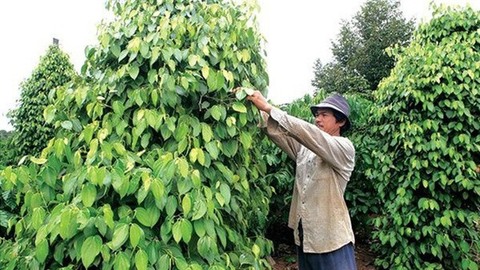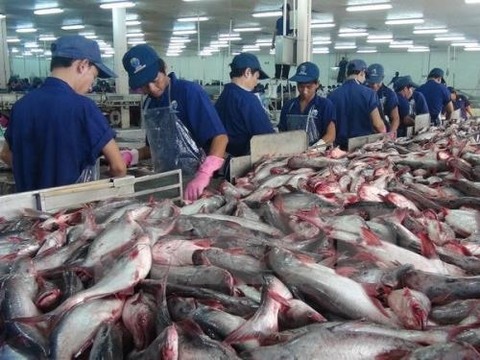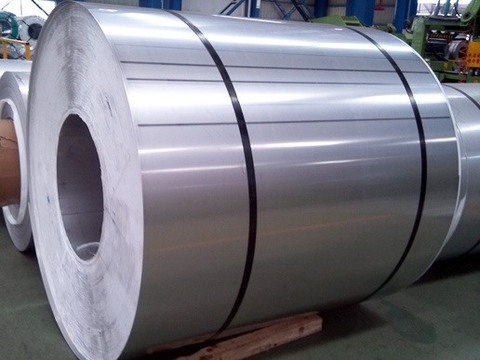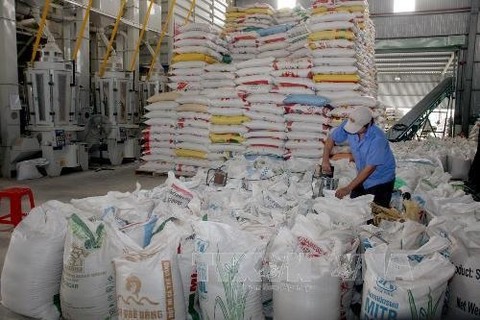American pork may flood Vietnamese market in wake of US-China trade war
American pork may flood Vietnamese market in wake of US-China trade war
As the U.S.-China trade war continues heating up, so are concerns that frozen pork from the States will prevail in the Vietnamese market, which will in turn slash the high prices of domestic swine.
The United States’ imposition of tariffs on US$34 billion worth of Chinese imports is putting serious pressure on the American market as eyes turn to Beijing, which readies itself to fire back with tariffs of its own on U.S. goods across several industries, particularly on automobile and agricultural products.
Likewise, Mexico is taking aim at the United States with an announcement that it will institute a 20-percent duty on frozen pork products imported from the United States.
As Mexico and China constitute the two largest importers of American pork, U.S. pig farmers are scrambling to find a market for their meat.
In Vietnam, where the price of live pigs is hitting a two-year high of VND48,000-50,000 ($2.06-2.15) per kilogram, swine producers are beginning to worry that their U.S. counterparts will flood the local market with their newly-found pork surplus and send the price of domestic swine into a tailspin.
Industry experts are already speculating on how heavy the spillover from America’s trade war with China will hit Vietnam – and it is not looking good.
In May 2018, the Southeast Asian country’s U.S. meat and meat-related imports reached 10,870 metric tons valued at $13.05 million, a 47.8 percent increase in volume and 24.4 percent rise in value month-on-month.
According to the director of a food trading company in Ho Chi Minh City, live pigs from the U.S. currently sell for VND27,000 ($1.16) per kilogram. Even with the current 25-percent tax it still fetches a lower price than domestic pork.
“The price of live pigs is currently very attractive but farmers still worry about reproducing en masse,” said Thang, a pig farm owner in the southern province of Dong Nai.
“Despite the current prices, they’re worried that their price may drop in the near future.”
As the cost of breeding stock and animal feed is also quite high, starting a new herd when the risk of a price slump lingers could lead to serious losses, he explained.


